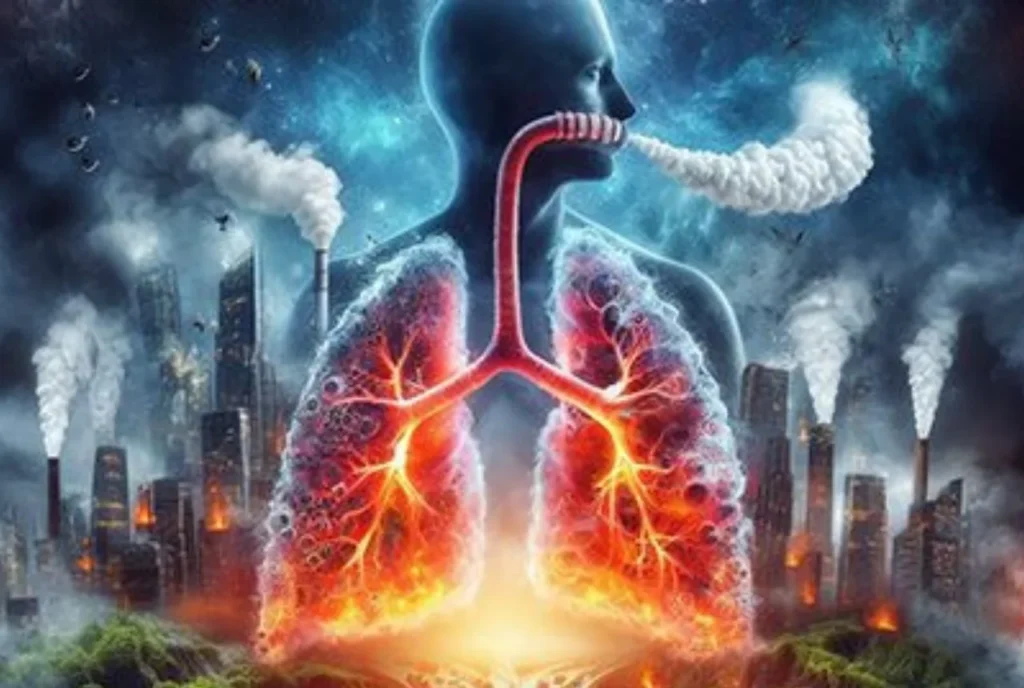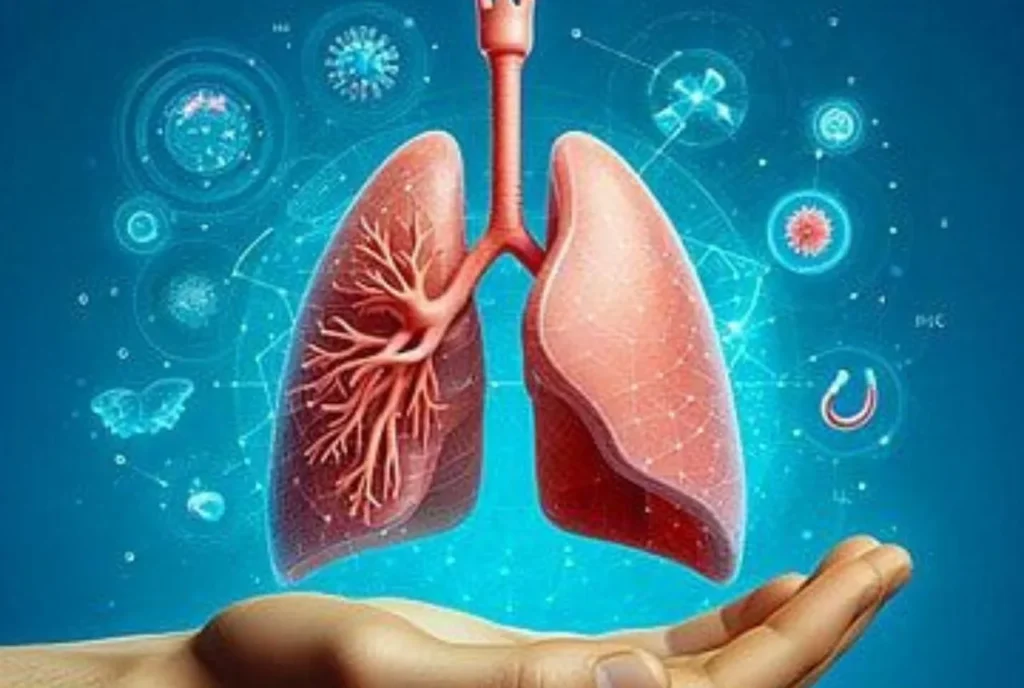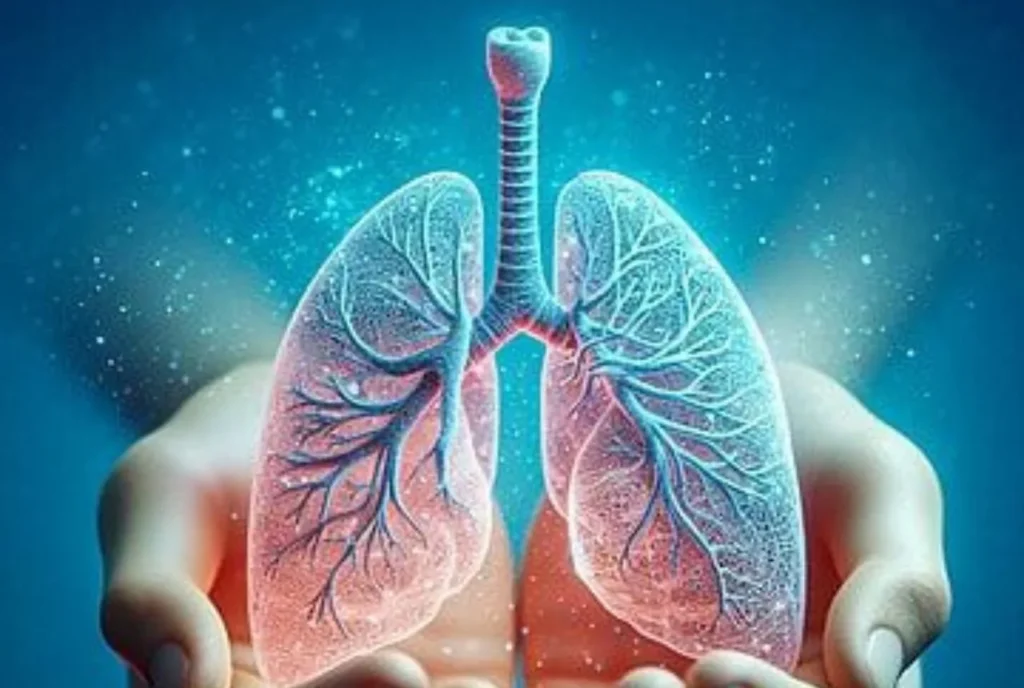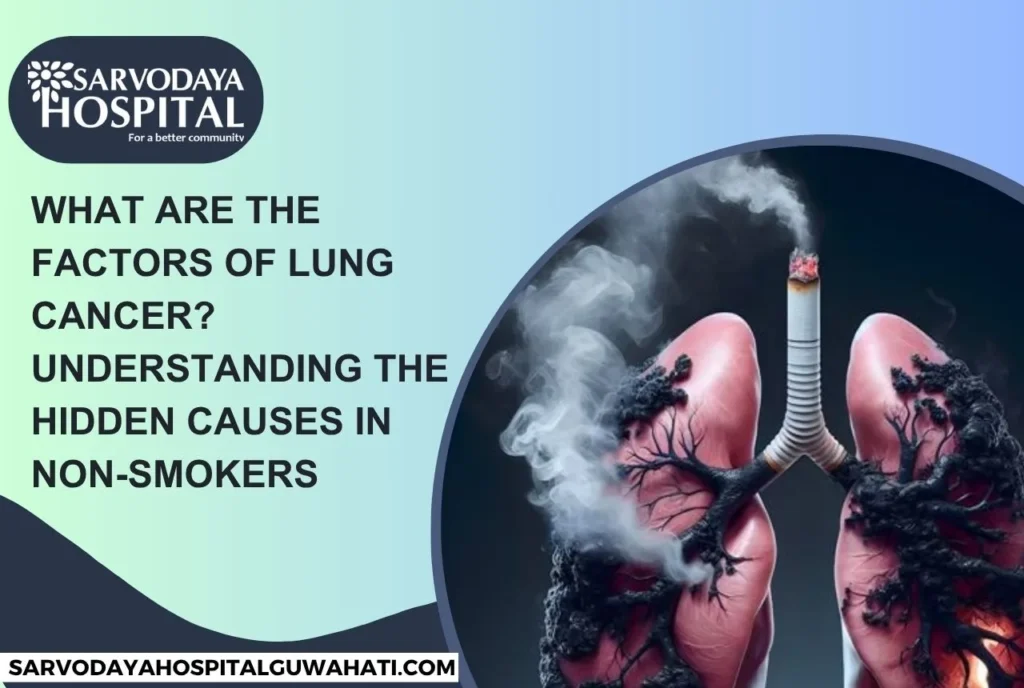When thinking about what are the factors of lung cancer, most people immediately link it to smoking. While tobacco use remains a major cause, research reveals that 15 to 20 percent of lung cancer cases occur in non-smokers. This surprising statistic highlights the importance of looking beyond cigarettes to understand the full range of risks.
With World Lung Cancer Day approaching on August 1st, it is crucial to raise awareness about the lesser-known causes of lung cancer. Factors such as secondhand smoke, radon exposure, air pollution, genetics, and workplace toxins also contribute significantly to lung cancer in non smokers.
By understanding what are the factors of lung cancer, even among people who have never smoked, we can improve early detection and encourage preventive action. Awareness empowers individuals to take control of their lung health and support others who may unknowingly be at risk.
Secondhand Smoke Exposure
Secondhand smoke, also called passive smoke, refers to the inhalation of smoke from someone else’s cigarette or cigar. Even if you have never smoked in your life, being around smokers regularly can seriously damage your lungs.
One of the leading causes of lung cancer in non-smokers is long-term exposure to secondhand smoke. Vulnerable groups like children, spouses, and co-workers are often at risk. According to the World Health Organization, secondhand smoke is responsible for more than 1.2 million premature deaths every year, including cases of lung cancer in non smokers.
Prevention Tip: Ensure smoke-free environments at home, in cars, and in workplaces.
Radon Gas in Homes
Radon is a naturally occurring radioactive gas that you cannot see, smell, or taste. It is released from soil and rocks and can enter homes through cracks in foundations or poorly ventilated areas.
Among what are the factors of lung cancer, radon is the second leading cause of lung cancer in non-smokers. When inhaled over a long period, radon gas damages the lining of the lungs and increases cancer risk.
What You Can Do: Use radon testing kits to measure indoor levels and invest in proper home ventilation systems.
Air Pollution and Environmental Toxins
Air pollution is a serious health hazard and a known contributor to lung disease. Pollutants such as PM2.5, industrial smoke, and car emissions can harm lung cells over time. People living in large cities or near factories face higher exposure levels.
Indoor air pollution from unventilated cooking areas, mold, or chemicals also adds to the risk. These are often overlooked causes of lung cancer that affect millions globally. The World Health Organization has linked outdoor and indoor air pollution to hundreds of thousands of lung cancer deaths each year.
Tips for Prevention:
- Use air purifiers at home
- Avoid outdoor activities during high pollution hours
- Support policies aimed at improving air quality

Genetic and Family History
Genetic factors can also explain what are the factors of lung cancer in people who do not smoke. Some individuals inherit gene mutations that make them more vulnerable to developing lung cancer.
If you have a close family member, such as a parent or sibling, who had lung cancer, your risk may be higher. Specific mutations like EGFR are more commonly found in lung cancer in non smokers and can be treated with targeted therapies.
What to Do: Consider genetic counseling and routine screenings if you have a family history of lung cancer.
Workplace Exposure to Carcinogens
Certain jobs expose people to harmful substances that can increase lung cancer risk. Long-term exposure to asbestos, arsenic, chromium, diesel exhaust, and silica dust are recognized causes of lung cancer in both smokers and non-smokers.
People working in industries such as mining, construction, shipbuilding, and welding are particularly at risk. These carcinogens can damage lung cells and trigger mutations that lead to cancer.
Protective Measures:
- Always wear appropriate protective gear (PPE)
- Follow workplace safety regulations
- Get regular health checkups if working in high-risk environments
Pre-existing Lung Conditions
Chronic lung diseases such as tuberculosis (TB), chronic obstructive pulmonary disease (COPD), and pulmonary fibrosis can lead to ongoing inflammation or scarring in the lungs. This condition increases the risk of lung cancer in non smokers by making lung tissue more susceptible to harmful mutations.
People with these conditions should be especially vigilant. Damaged lung tissue can create an environment where cancer is more likely to develop.
Health Tip: Patients with lung diseases should undergo regular imaging like low-dose CT scans to catch early signs of cancer.

Can You Prevent Lung Cancer as a Non-Smoker?
Although not all cases can be prevented, there are many steps you can take to reduce your risk of lung cancer in non smokers:
- Avoid exposure to secondhand smoke
- Test your home for radon and improve ventilation
- Reduce exposure to outdoor and indoor air pollution
- Use protective gear in workplaces with carcinogens
- Go for regular check-ups and screenings, especially if you are high risk
- Maintain a healthy lifestyle with antioxidant-rich foods and regular exercise
- Stay informed about what are the factors of lung cancer and how to protect yourself
World Lung Cancer Day: Why Awareness Matters
World Lung Cancer Day, observed on August 1st, is dedicated to increasing understanding of lung cancer, especially among non-smokers. As the number of lung cancer in non smokers cases grows globally, this day serves as a reminder that anyone can be affected.
Spreading awareness helps fight the misconception that only smokers develop lung cancer. It also encourages early screenings and supports people living with the disease.
Take Action: Join awareness campaigns, support lung health programs, and share information on the hidden causes of lung cancer.

Conclusion: Understanding the Factors of Lung Cancer
Understanding what are the factors of lung cancer involves much more than just smoking. Environmental toxins, genetic mutations, occupational exposure, and pre-existing lung conditions all contribute to the growing number of lung cancer in non smokers. These hidden causes of lung cancer often go unnoticed, making awareness and early detection critical.
As cases continue to rise, focusing on prevention and education becomes essential. Knowing the risks allows individuals to take proactive steps to protect their lung health, even if they have never smoked.
This World Lung Cancer Day, take a moment to spread awareness, support early screenings, and educate others. Recognizing the full range of risk factors can truly help save lives.


